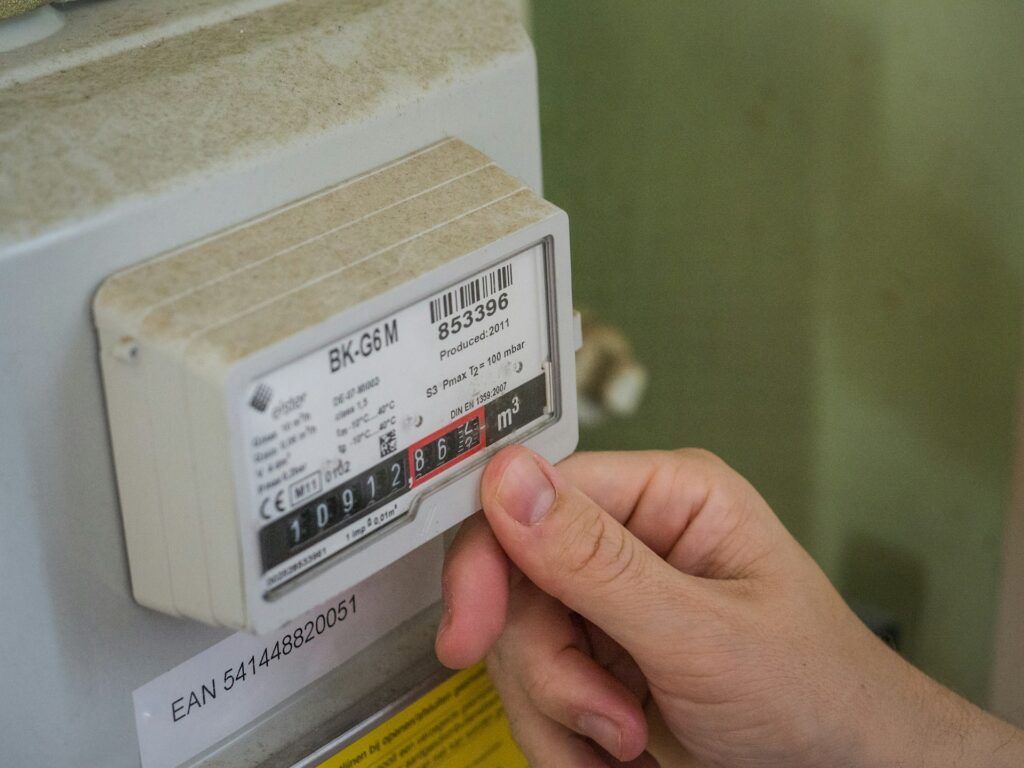Assembling furniture can be a frustrating experience for you, often leading to confusion and wasted time. You may encounter missing parts, unclear instructions, and mismatched components, turning a simple task into a daunting challenge!
These setbacks not only diminish your satisfaction with a new purchase but can also force you to pay extra for professional assembly services. But with the essential tips listed next, you can tackle furniture assembly like a pro and save money in the process.
How can I easily assemble any furniture?
1. Read the instructions thoroughly
How-to: Before starting, take time to read the entire instruction manual. Familiarize yourself with the assembly steps, tools required, and parts included.
How it helps: This will prevent mistakes and confusion during assembly, saving you time and frustration later.
2. Gather all tools and parts
How-to: Collect all necessary tools (like screwdrivers, hammers, and wrenches) and parts before beginning. Lay everything out in an organized manner.
How it helps: Having everything at hand minimizes interruptions during assembly and helps maintain focus on the task.
3. Use the right tools
How-to: Identify the specific tools needed for your furniture. Utilize power tools where applicable for faster assembly.
How it helps: Proper tools make the assembly easier and more efficient, reducing physical strain and speeding up the process.
4. Check for damaged parts
How-to: Before starting, inspect all parts for damage or missing components. Contact the manufacturer for replacements if needed.
How it helps: Addressing these issues before assembly prevents delays and frustration later on.
5. Work on a flat surface
How-to: Choose a large, flat surface like a table or the floor to assemble your furniture.
How it helps: A stable surface helps keep your components secure and allows for precise assembly, which is especially important for larger items.
6. Align components carefully
How-to: As you assemble, ensure that all components are aligned correctly before tightening screws or bolts.
How it helps: Proper alignment ensures structural integrity and stability, preventing wobbling or instability in the finished piece.
7. Secure screws loosely first
How-to: Insert screws and bolts without fully tightening them initially. Once all parts are in place, go back and tighten them securely.
How it helps: This allows for adjustments if parts are misaligned and helps create a more stable final assembly.
8. Utilize painter’s tape for alignment
How-to: Use painter’s tape to temporarily hold pieces in place while you work. This is especially helpful for larger items or when aligning multiple parts.
How it helps: This method keeps everything stable and allows you to focus on securing each piece without worrying about misalignment.
9. Use dowels or brackets for stability
How-to: For extra stability, consider using dowels or brackets at connection points, especially on heavier furniture like bookshelves or cabinets.
How it helps: This technique enhances structural integrity, making the furniture more durable and secure.
10. Employ a level tool
How-to: Use a spirit level during assembly to ensure everything is even and aligned correctly.
How it helps: This helps prevent wobbling and ensures that your furniture looks professional and functions well.
11. Consider pre-drilling holes
How-to: For tougher materials, pre-drill holes for screws to avoid splitting the wood.
How it helps: This technique makes it easier to insert screws and improves the overall durability of the furniture.
12. Use Corner Braces for Support
How-to: Add corner braces in the back of larger furniture pieces like cabinets for added support.
How it helps: This will enhance the sturdiness and longevity of your furniture.
13. Opt for quick-release fasteners
How-to: If your furniture allows it, use quick-release fasteners. They simplify disassembly and reassembly for moving or relocating furniture.
How it helps: This makes it easier to rearrange or transport your furniture without damaging it.
14. Practice assembly on a soft surface
How-to: If working with fragile pieces, consider assembling them on a soft surface like carpet or foam.
How it helps: This prevents scratches and damage to surfaces and protects the furniture during assembly.
15. Keep a backup of instructions
How-to: Take a photo or make a digital copy of the assembly instructions for future reference.
How it helps: This is useful if you need to disassemble and reassemble the furniture later or for future projects.
By implementing these furniture assembly tips, you can save up to 30% of your time, cutting down on assembly durations from several hours to less than an hour. Additionally, these techniques help prevent costly damages, potentially saving you $50-$100 on repairs or replacements.
By ensuring proper alignment and stability, your furniture will last longer, reducing the need for future replacements. Overall, using these tips will not only make your assembly process more efficient but also enhance the durability and lifespan of your furniture.

